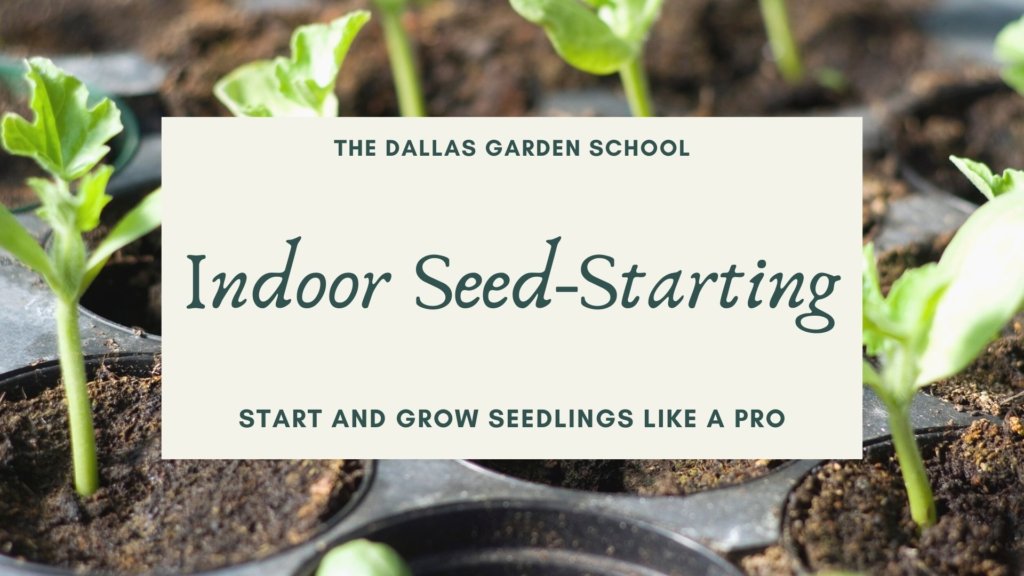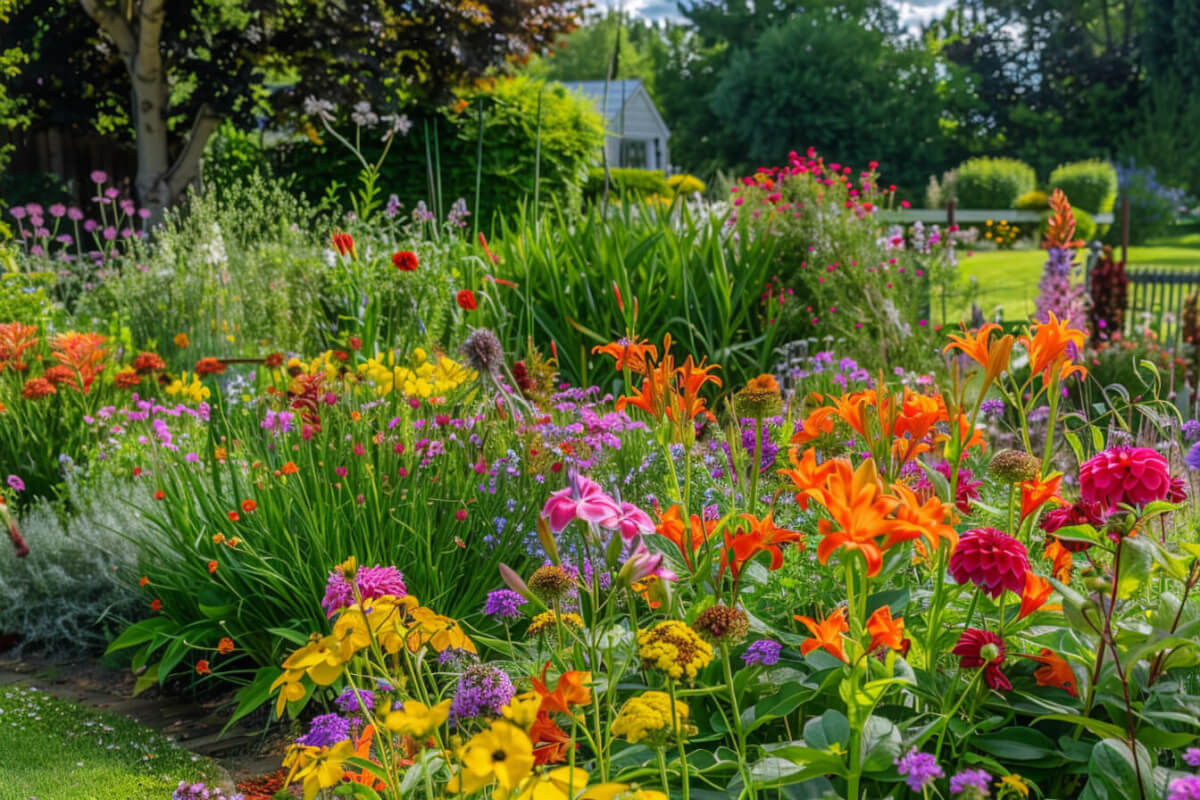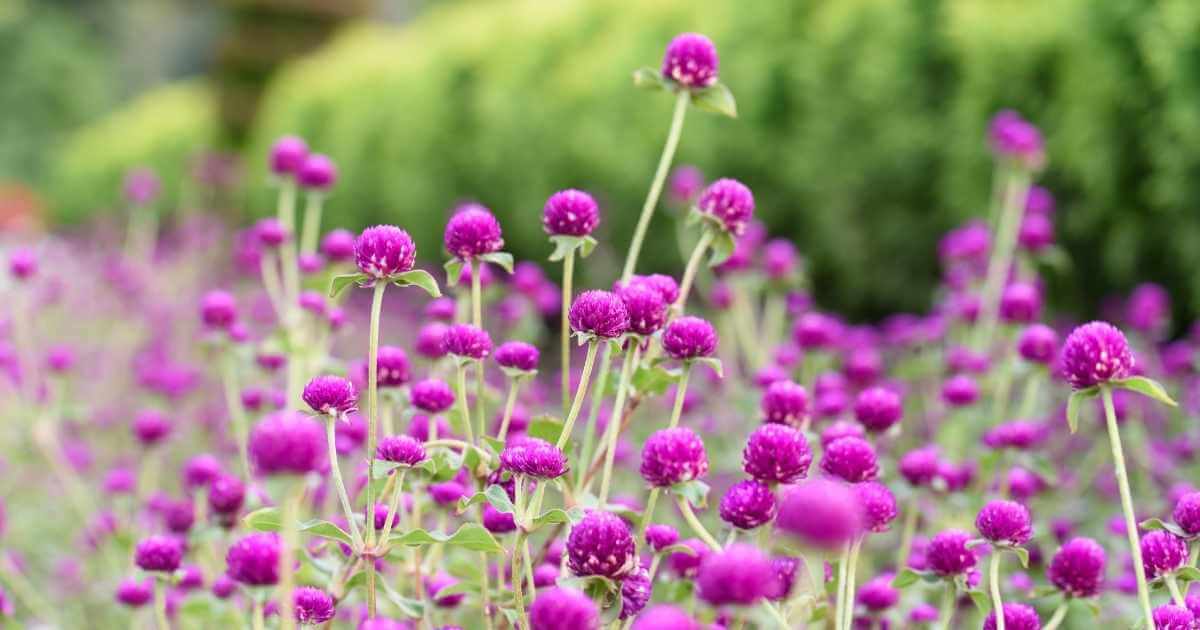
Disclosure: Some of the links below are affiliate links. If you click through and make a purchase, we receive a small commission. This allows us to continue to deliver valuable, free content to North Texas gardeners. Thank you for your support!
Imagine coming home every day to a house filled with fresh flowers. Even better, imagine the feeling of knowing that all those fresh flowers came from your own backyard.
Good news: That dream can easily become a reality, even in our challenging North Texas climate. All you need is a bit of preparation and the right kind of flowers. That’s why I pulled together this list for you.
Before we jump into the cut flower selections for North Texas, let’s review a few best practices for growing
Tips for Growing Cut Flowers at Home
- Plant a lot.
When I first started growingcut flowers in my home garden, I was shocked at how many plants it took to harvest a bouquet’s worth of flowers. Always plant more than you think you will need. You won’t regret it. - Sow in succession.
Succession-sowing is how professional cut flower growers ensure a constant supply of flowers throughout the growing season. A common interval for successive plantings is 2-3 weeks.Zinnias , sunflowers, cosmos, and gomphrena are good candidates for succession-sowing. - Grow from seed.
For the most part, the flower transplants available in garden centers are intended for bedding or containers. For the best results, select flower varieties that are specifically bred for cutting and start them yourself from seed. (See the resource list at the bottom of this post.) - Research each flower’s harvest requirements.
When growing flowers for the purpose of cutting, proper harvesting goes a long way. Harvesting flowers at the wrong time or using the wrong technique can dramatically shorten vase life and the overall quality of the cut flower. Take the time to learn about the flowers you are growing and the optimal way to harvest them.
Now, let’s explore nine
1. Zinnias
zinnias will bloom continuously from spring through fall. Even better, the more you cut, the more they grow.
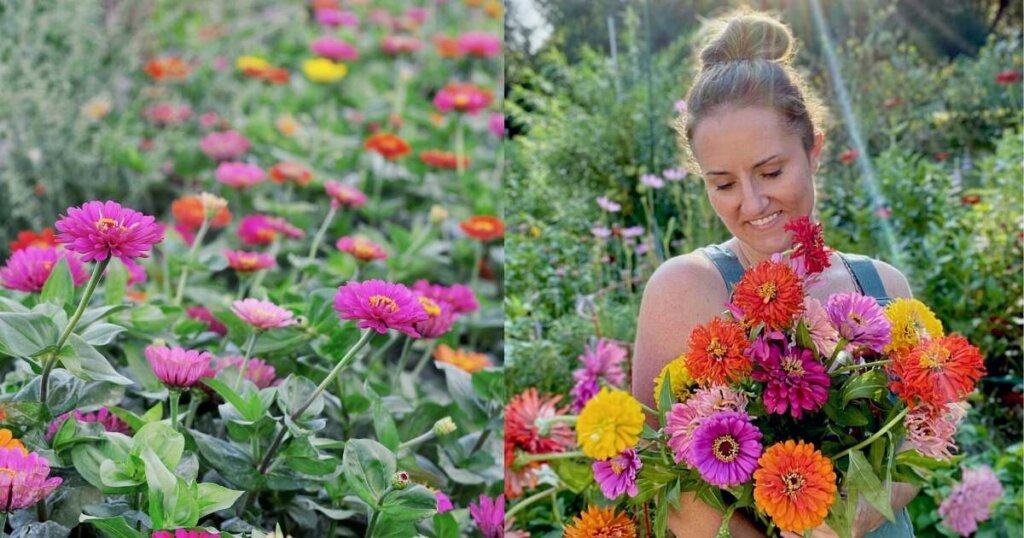
How to grow zinnias in North Texas
zinnias in succession with a 2-3 week spacing.
To grow

Read more about growing
2. Gomphrena
Though gomphrena (Globe Amaranth or Bachelor Buttons) is a longtime cutting garden favorite for North Texas, it is surging in popularity thanks to exciting new cultivars like Fireworks and Strawberry Fields.
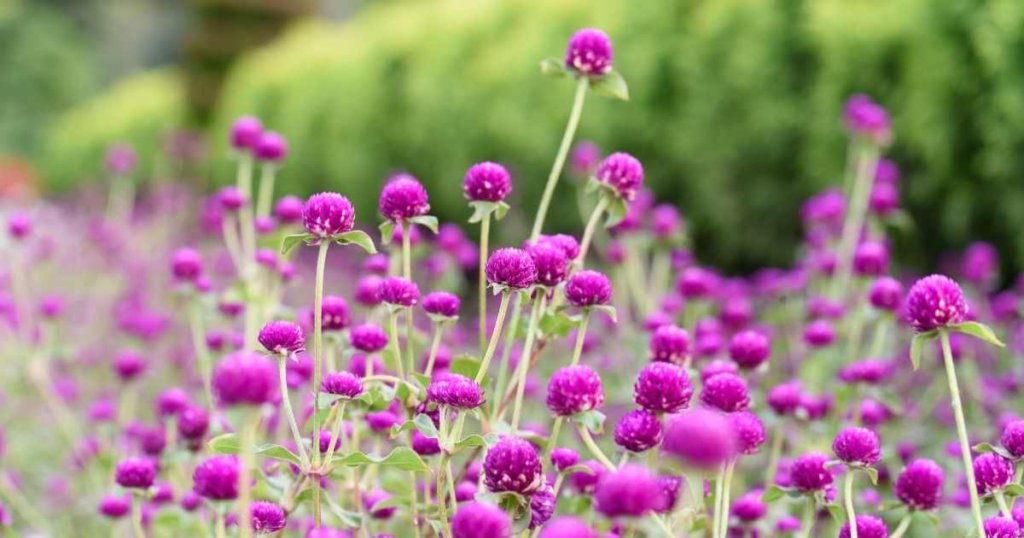
One of the toughest plants you’ll ever find, gomphrena is an annual that powers through our summer heat and blooms continuously until frost.
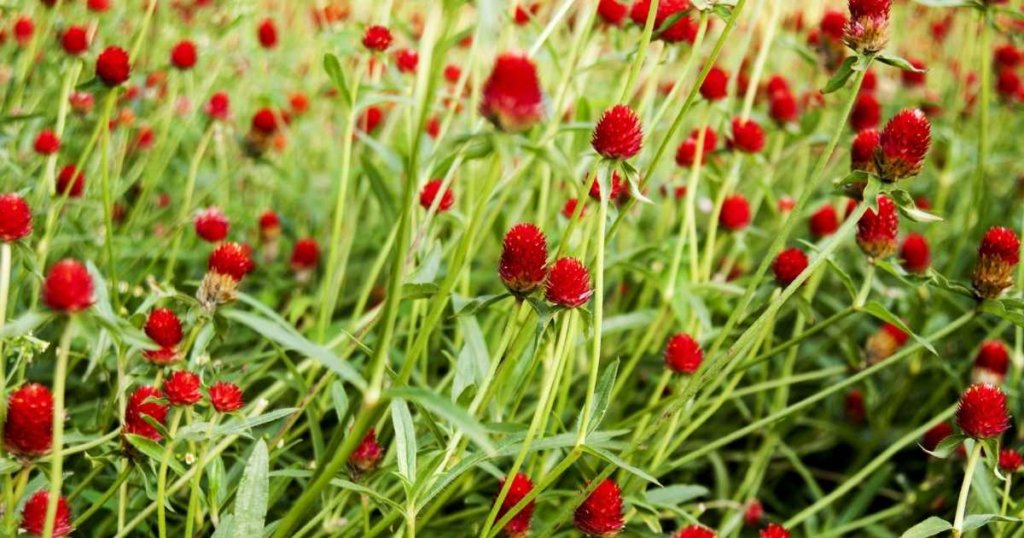
How to grow gomphrena in North Texas
Start seeds indoors in January. Seedlings can take a while to develop, so it’s a good idea to get an early start. However, because gomphrena can be transplanted into the garden anytime between late March and early September, you can start seeds indoors anytime between January and July.
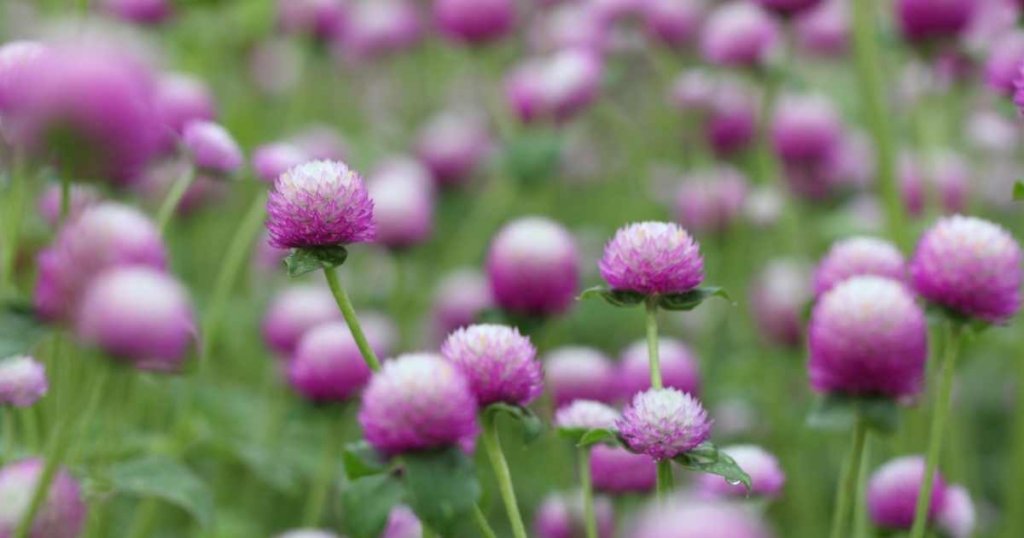
For best color and vase-life, harvest when colored but before fully open.
3. Sunflowers
What’s not to love about sunflowers? The happiest flowers of all, sunflowers are incredibly easy to grow.
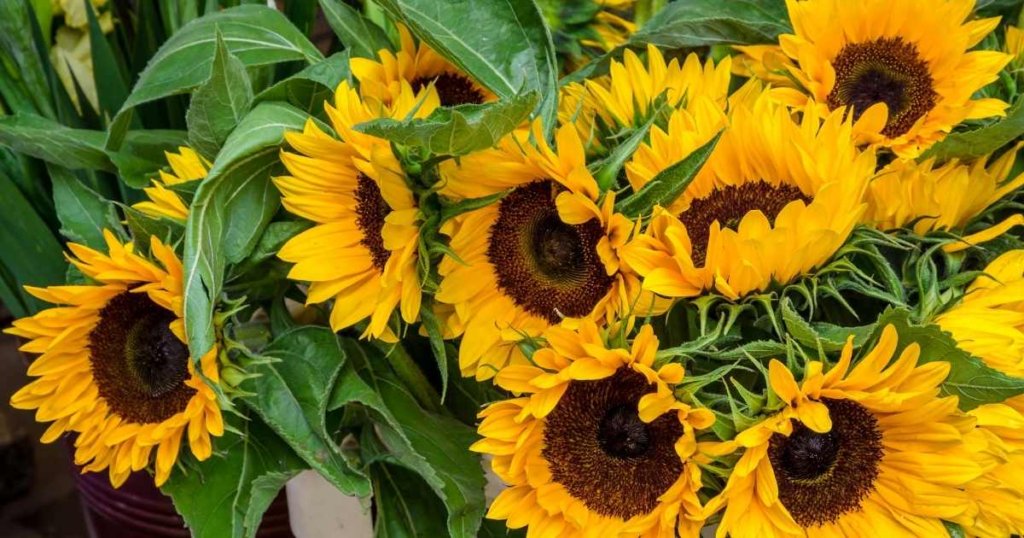
How to grow sunflowers in North Texas
Sow seeds directly into the garden once all chance of frost has passed (late March). For continuous harvest, sow sunflowers seeds in succession every 2-3 weeks.
There are conflicting thoughts about whether or not sunflowers need supplemental nutrition, but for best results amend your soil with plenty of compost before planting.
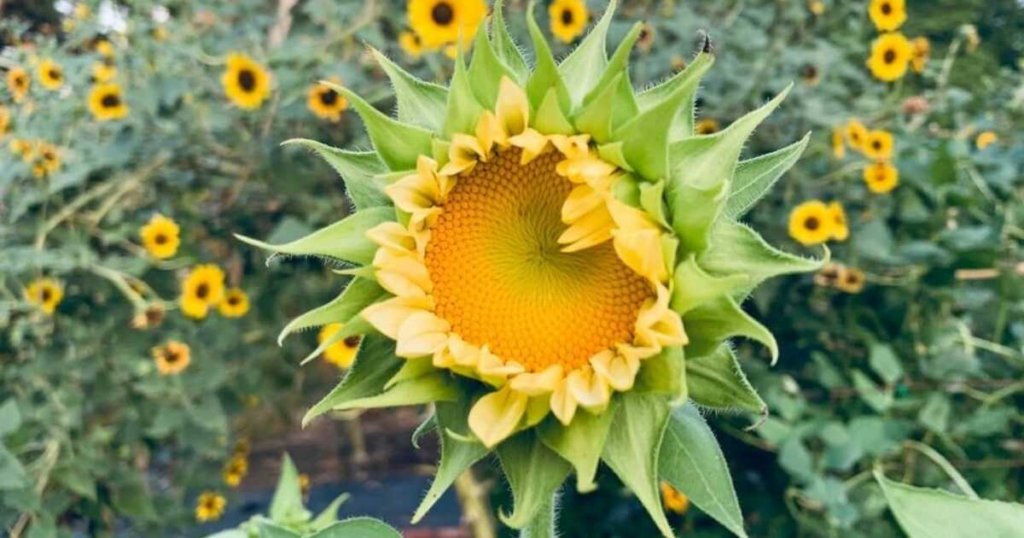
For the best
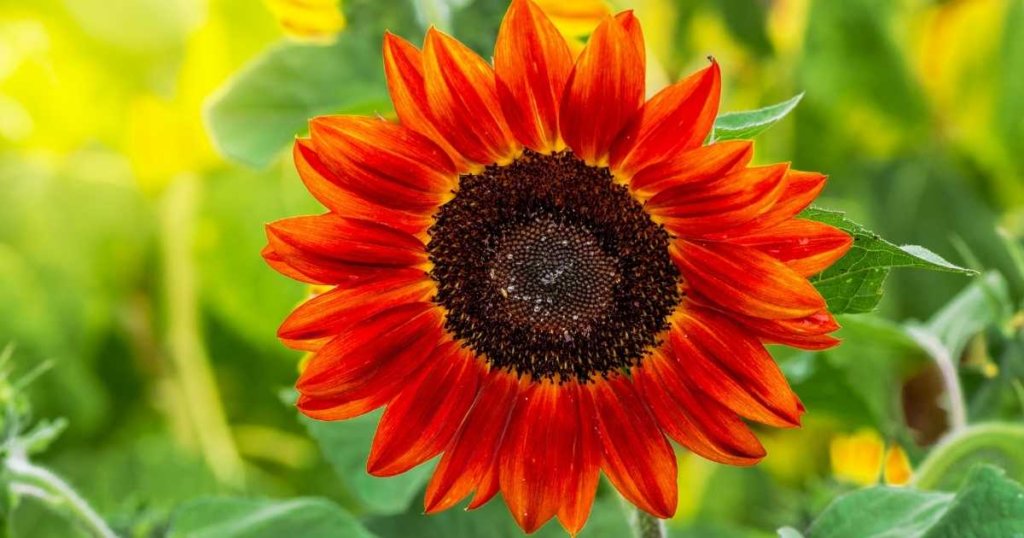
4. Rudbeckia (Black-eyed Susan)
Black-eyed susans might not be an obvious choice for a cut flower, but thanks to renewed interest, this reliable perennial is now available in a number of interesting and eye-catching varieties.
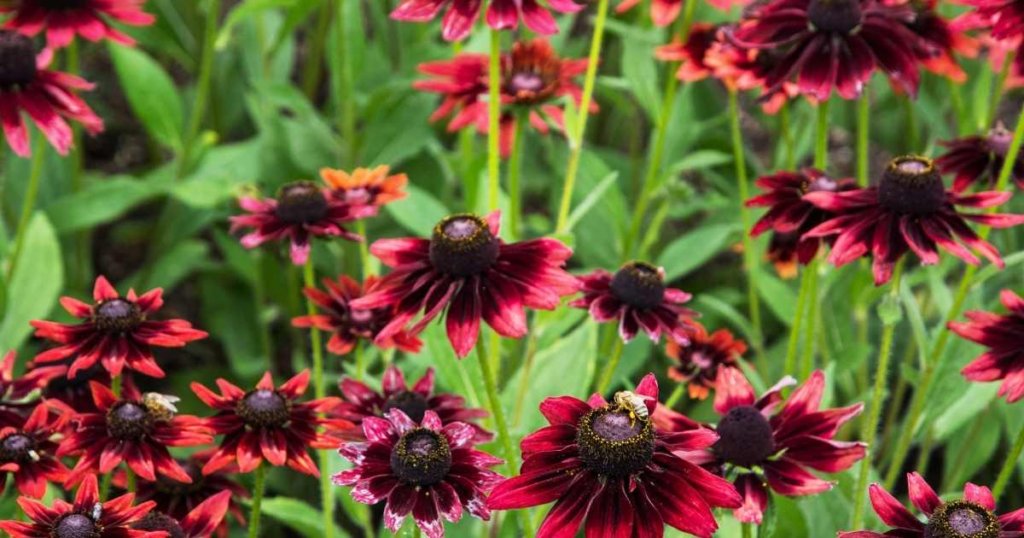
Rudbeckia hirta and Rudbeckia triloba are best for
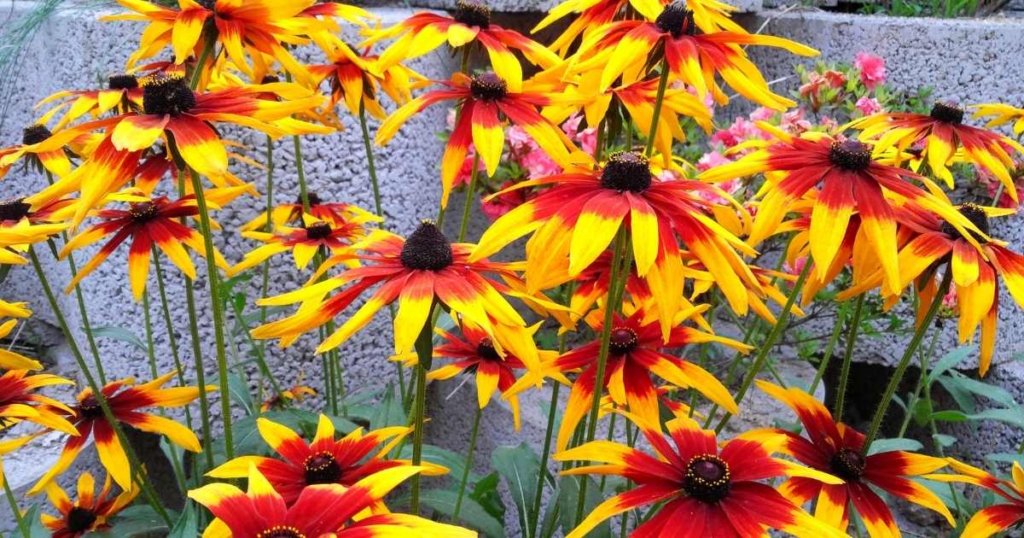
How to grow rudbeckia in North Texas
Start rudbeckia by seed indoors 5-7 weeks before average last frost (Late January/early February for North Texas). For cut-flower growing, it’s best to treat rudbeckia like annuals.
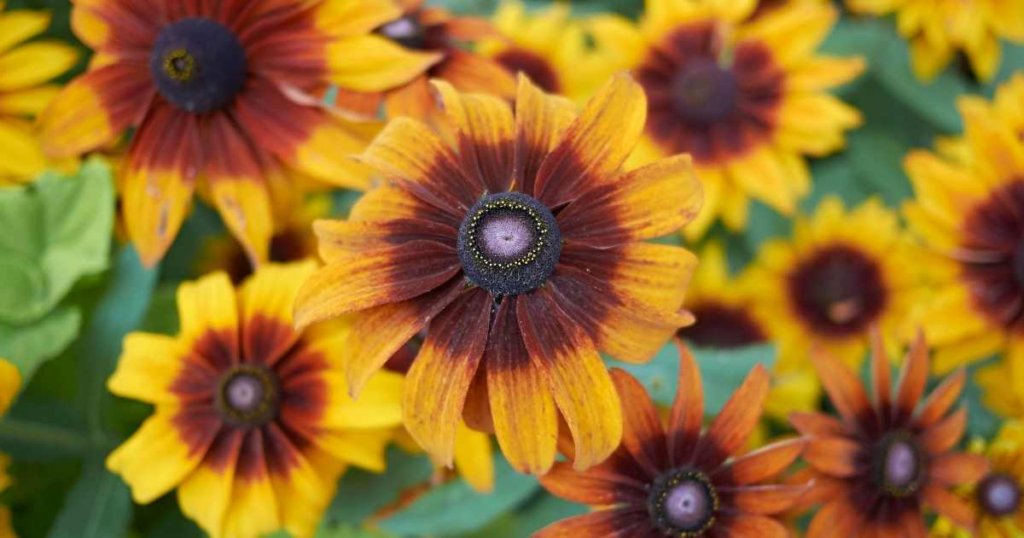
Rudbeckia seedlings are slow-growing, so be patient.
5. Amaranth
I challenge you to find a more unique cut flower than amaranth. It makes for stunning arrangements, and can be used fresh or dried.
Amaranth plants are large and can take a long time mature, so start as early in the season as possible.
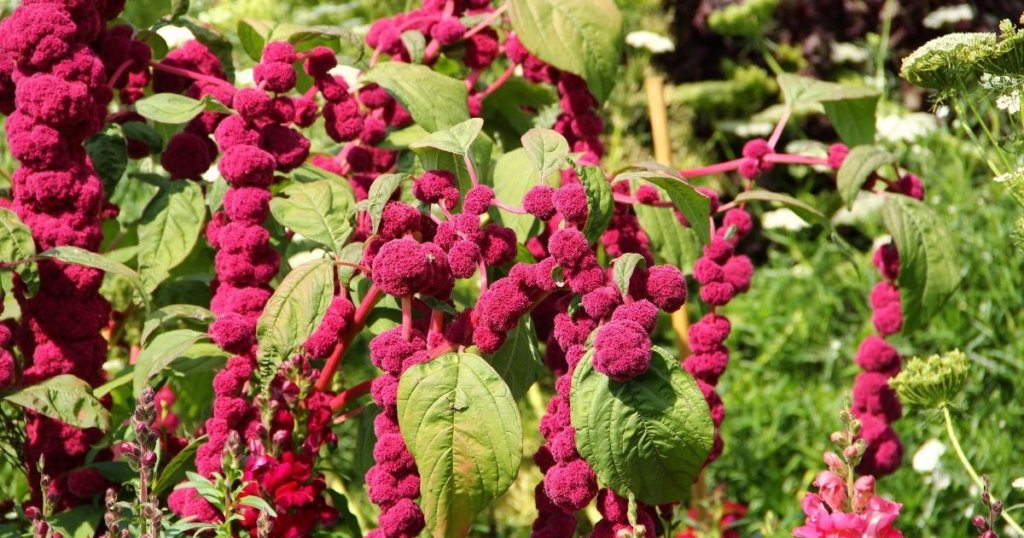
How to grow amaranth for cut flowers in North Texas
Amaranth seeds can be direct-sown, but starting indoors is much more reliable. Start indoors in February or 4-6 weeks before the average last frost.
Transplant into garden once all chance of frost has passed, late March or early April.
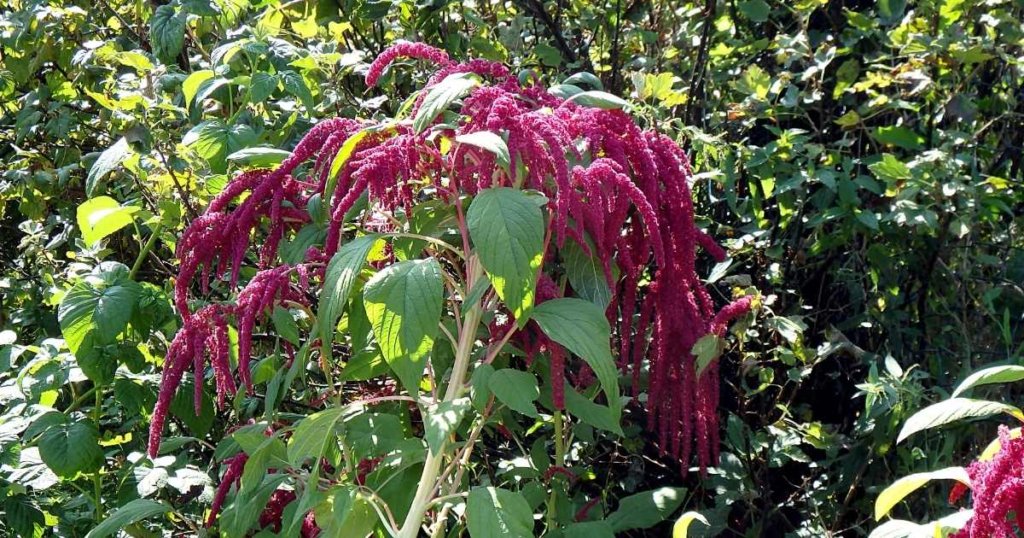
Harvest amaranth before seeds mature.
6. Cosmos
If you have struggled to grow cosmos in the past, I’ll let you in on a secret: you probably loved the plant too much. Cosmos are one flower that truly thrives on neglect. It likes poor soil and zero
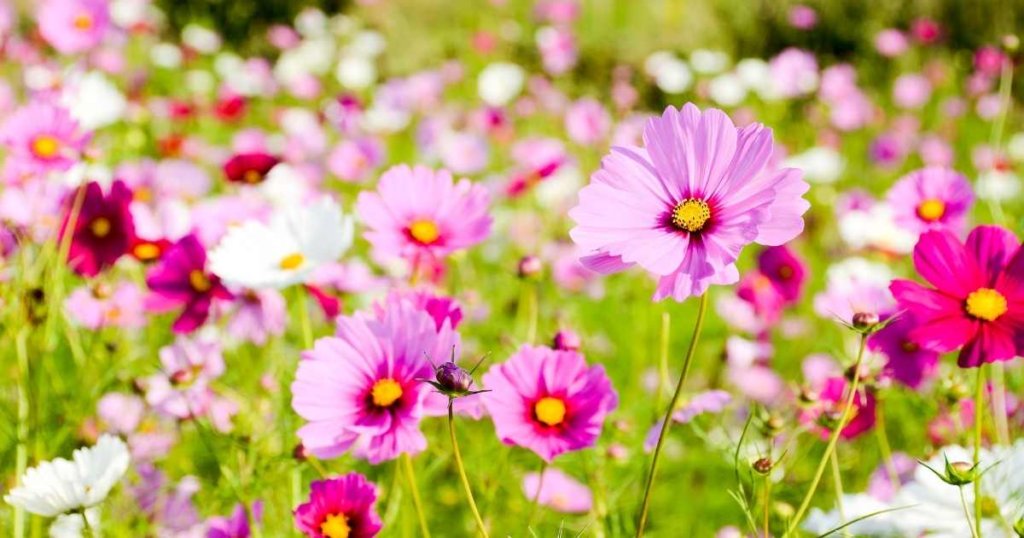
How to grow cosmos in North Texas
Cosmos can be direct-seeded, but starting by seed indoors and transplanting is more reliable.
In my experience, cosmos plants are relatively short lived in North Texas, so for a continuous harvest, successive sowings are very important.
Begin starting seeds indoors in early February for first transplantings in early April. (Cosmos are heat-loving plants and resent cool temperatures.) Then start seeds every two weeks up until late July. Cosmos really love the fall weather in North Texas and seem to perform their best during this time.
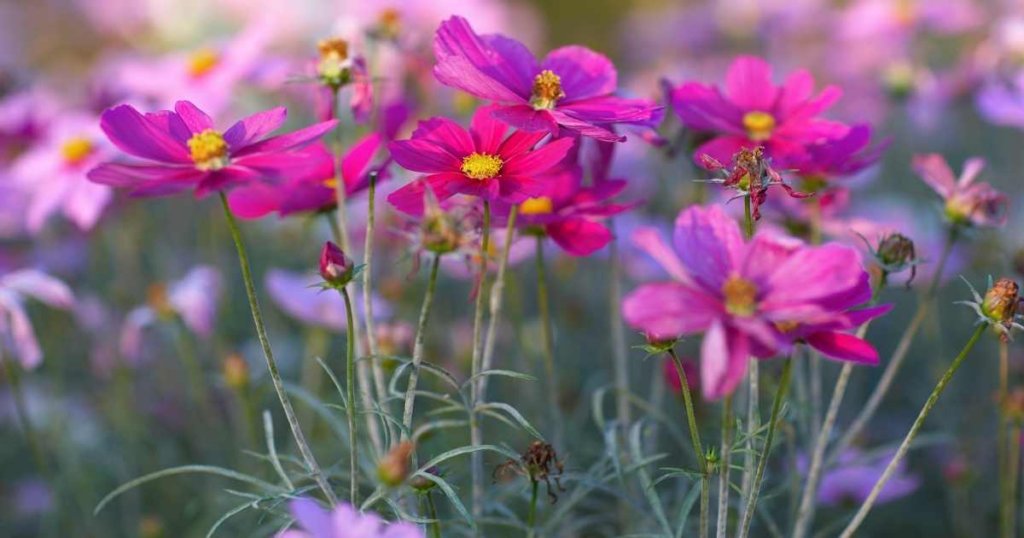
Harvest flowers frequently to encourage a constant bloom.
A good selection of cosmos is available at Botanical Interests.
To get more detailed information about growing cosmos in North Texas, see our comprehensive guide.
7. Snapdragon
Snapdragons do well in North Texas, but most of the varieties available in garden centers are designed for bedding not cutting. For best results as a cut flower, seek out varieties that are bred for cutting. Johnny’s has a very nice selection of cut-flower snapdragons.
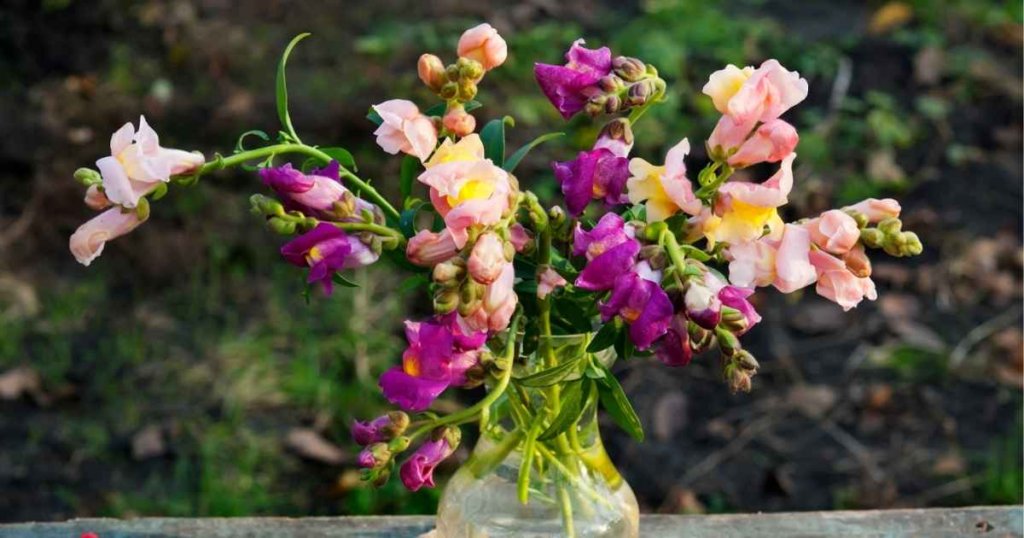
How to grow snapdragons in North Texas
Growing snapdragons in North Texas requires a bit of planning. First, modern snapdragons have been bred to perform under various seasonal conditions. In other words, pay attention to what season a particular snapdragon variety is designed to bloom. Second, snapdragons are hardy annuals that will survive a light frost. Because they like cooler temperature, the best plan is to start them by seed in the summer, transplant in autumn, and overwinter them for an early spring bloom.
Start snapdragons indoors in early August in the coolest place in your home, and then harden off and transplant out into the garden when they have approximately 2-3 true leaves. You can also pot these seedlings up into a 2.5 or 3.5 inch pot if you feel the temperatures are still too hot for transplanting. This process is up to you, but allot at least 7 days for hardening off so that the seedlings can acclimate to outdoor temperatures and full sun.
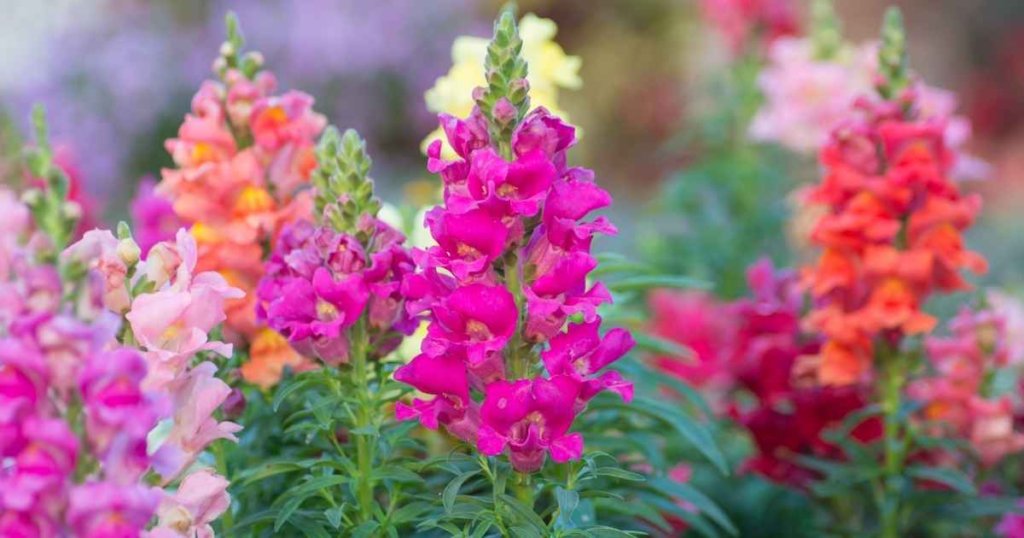
Tip: When starting seeds indoors in the summer, be very careful with ambient temperatures. Avoid using your garage or any area that will get temperatures above 75 degrees.
Learn More8. Foxglove
I know what you’re thinking: Foxgloves in Texas? Yes. If treated properly. The key to growing foxgloves in North Texas is to treat the plant as an annual.
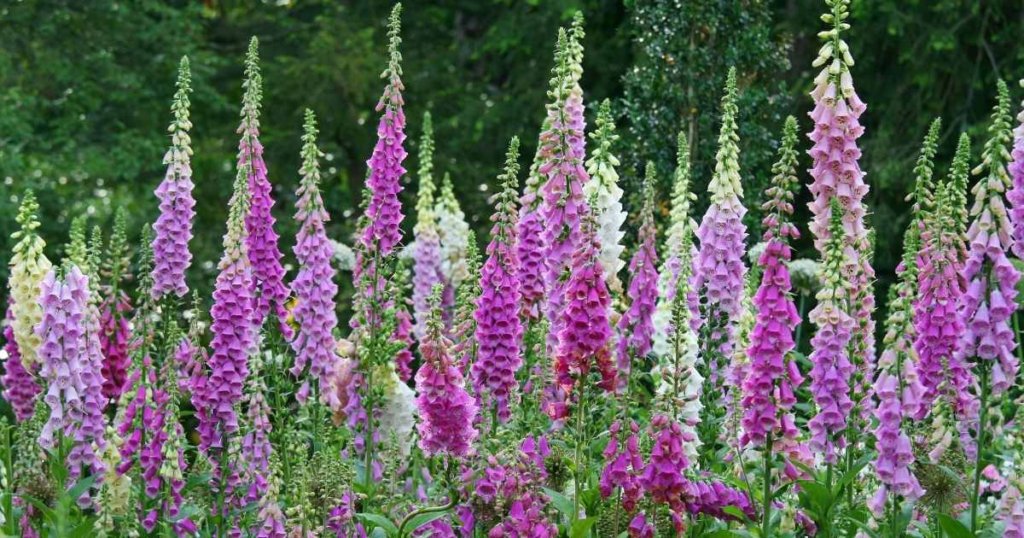
Foxgloves are technically biennials. With most varieties, the plant will grow vegetatively in the first year, bloom in the second year, and then die. If the plant re-seeds, the cycle starts all over again. For gardeners in cooler climates, a patch of foxglove can grow and bloom happily, year after year.
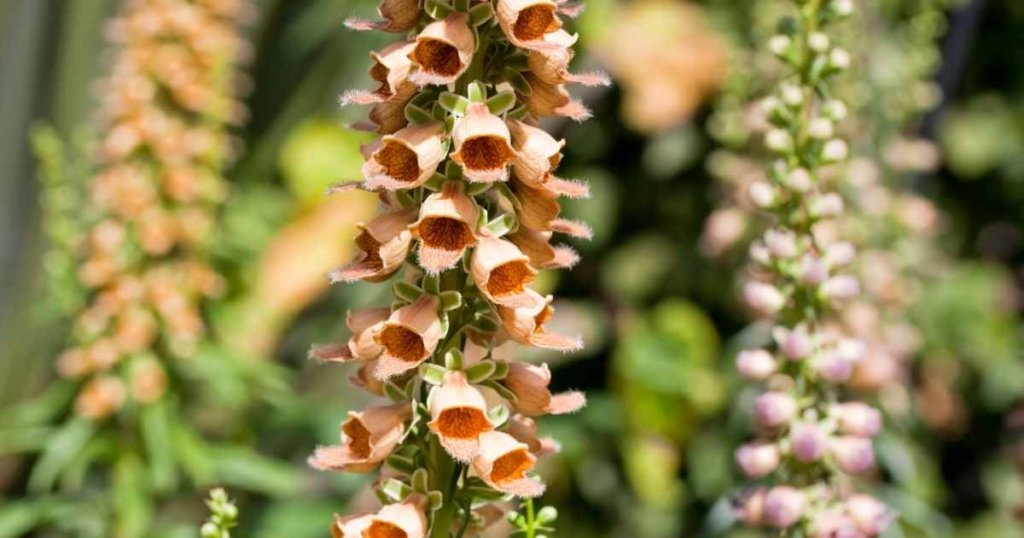
Here in Texas, it’s a different story. Foxglove do not tolerate our high heat. The solution is to treat foxglove as an annual. There are a few options when it comes to planting them:
How to grow foxglove in North Texas
- Start foxglove by seed indoors in early to mid August. Transplant in fall. The plants will overwinter and then bloom the following spring. IMPORTANT: Check to see if your variety is a first-year or second-year bloomer. First-year blooming varieties include Foxy or Camelot series.
- Option 2: buy small transplants and plant in the fall. This is tricky because most garden centers only sell foxglove in the spring.
- Buy large, gallon-sized transplants and plant in the spring. Remember that once they bloom, however, they won’t come back unless allowed to drop seed.
For more detailed information about growing foxglove in North Texas, read our comprehensive guide.
9. Celosia
Like amaranth, celosia is another unusual flower that is growing in popularity as a cut flower thanks to modern breeding.
Celosias thrive in our climate and are available in a number of different and interesting forms including spires, plumes, cock’s combs, and crested cock’s combs. They are excellent for drying.

How to grow celosia in North Texas
Start by seed indoors (direct-sowing is not recommended) in late January or early February and transplant after all frost chances have passed.
Celosia requires full sun, but isn’t particular about soil and even tolerates clay. Though heat tolerant, celosia requires consistent moisture or blooms can develop prematurely on short stems. Mulch well.
Pinching is recommended to encourage branching and is especially important for cock’s comb and plumed varieties. (NOTE: Double-check the seed packet or do research on the variety that you are growing to see if it is a branching or non-branching variety. Do not
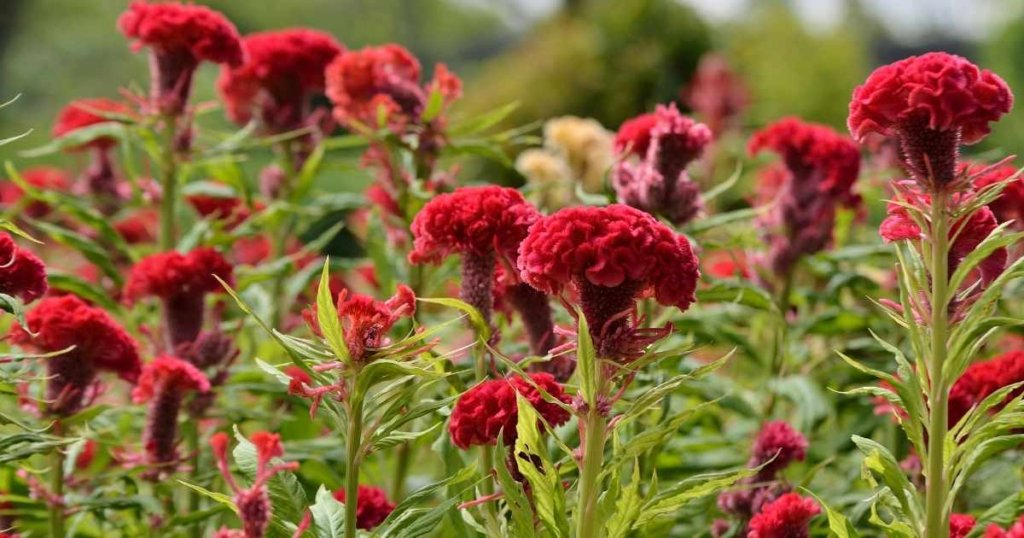
Resources
Procut Sunflowers: SunflowerSelections.com
Need help starting seeds indoors?
- Can Eating Tomatoes Help Prevent Weight Gain? New Study Says Yes - May 25, 2025
- New to Gardening? Join Our Step-by-Step Beginner Gardening Class - April 24, 2025
- Why “Intensive” Gardening is Not Good - March 9, 2025

